In 2017, I shot my first video with Alan Olsen. Alan is a wealth manager to the ultra-affluent. His American Dreams show is immensely popular with the High-Net-Worth demographic in Silicon Valley.
Alan's show is about finding your path in life, and what it takes to make businesses thrive through adversity and challenging times.
In my first video with him, we talked about defining a meaningful life. We started by talking about my career path from a young lawyer to spending over 25 years running tech companies … and the lessons learned along the way.
I recently shot a new video with him – this time on the promise and peril of AI. It has over 3,500 Likes on YouTube. Watch it here.
The main issue addressed during the video is how you can best get what you want as the world changes and forces like AI terraform the world and your role in it.
It's worth watching.
Ultimately, I believe AI is simply another vehicle freeing human nature. As AI does what humans used to … you have an opportunity to choose what to do with the freedom you get. Will you relax or lift your gaze to something better? The choice is yours.
Similarly, some will want to direct new AI capabilities towards things they want to monetize better. Others will want to weaponize AI. Still others will use it to spread peace and love.
You've seen it with nuclear power (and a host of other technological capabilities) … tools aren't good or bad in and of themselves – it is what people use those capabilities for that determines their impact.

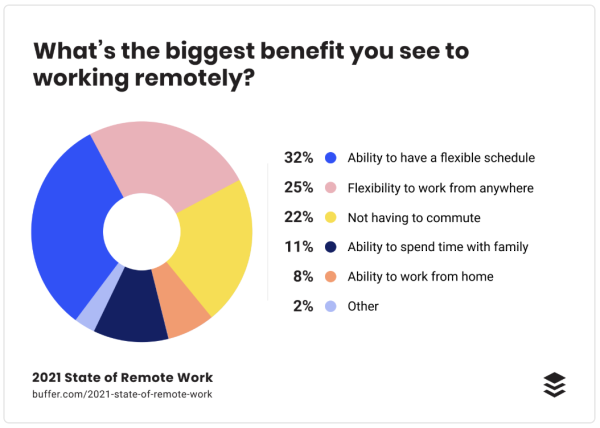 via
via 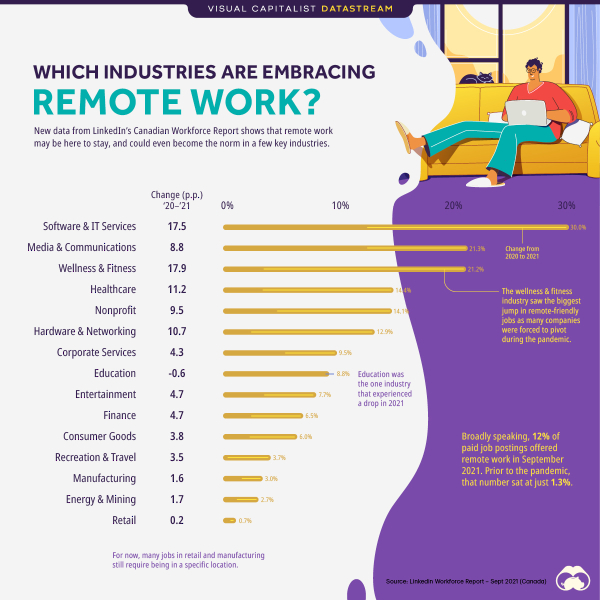 via
via 
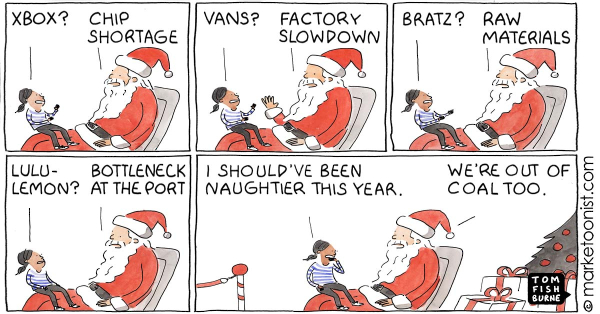 via
via 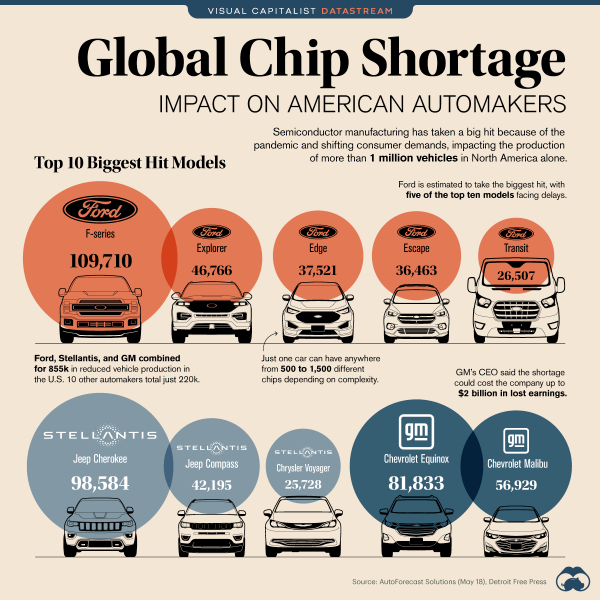 via
via 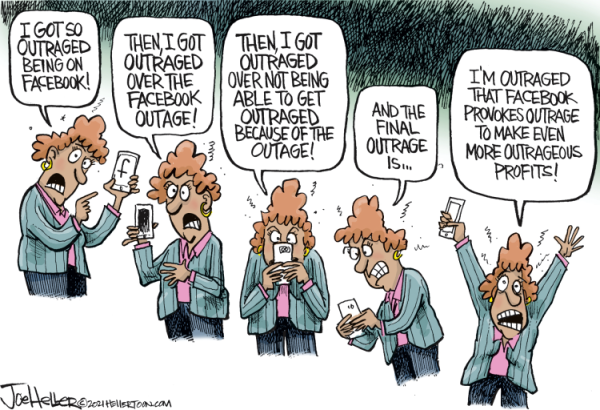

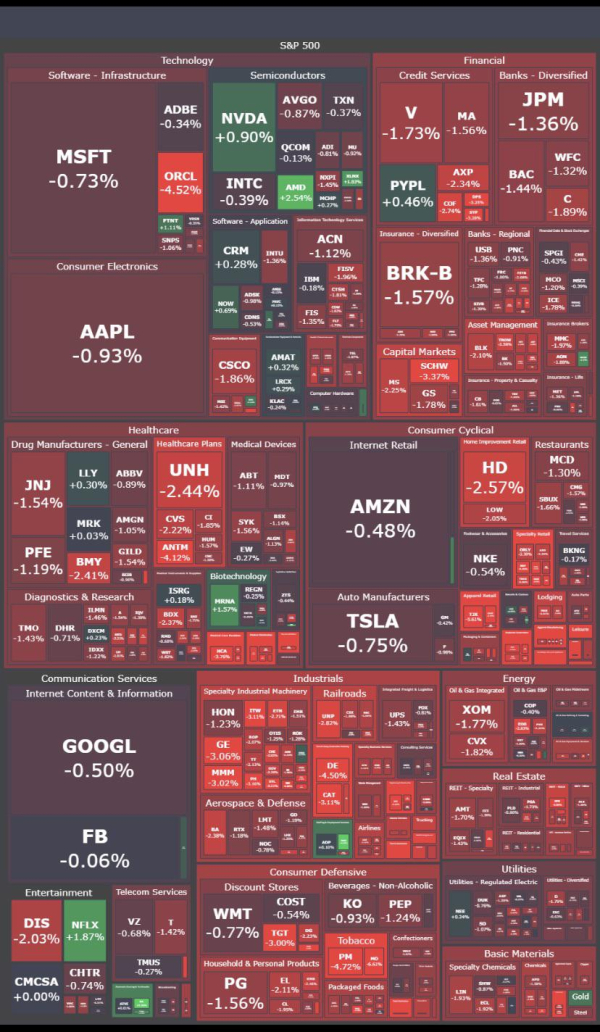
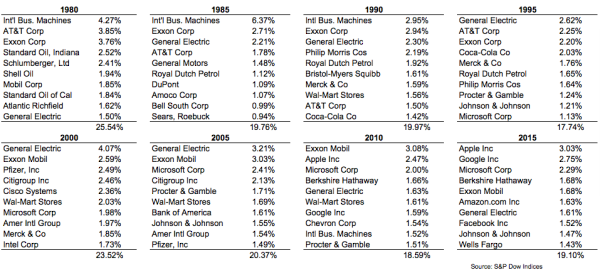 via
via 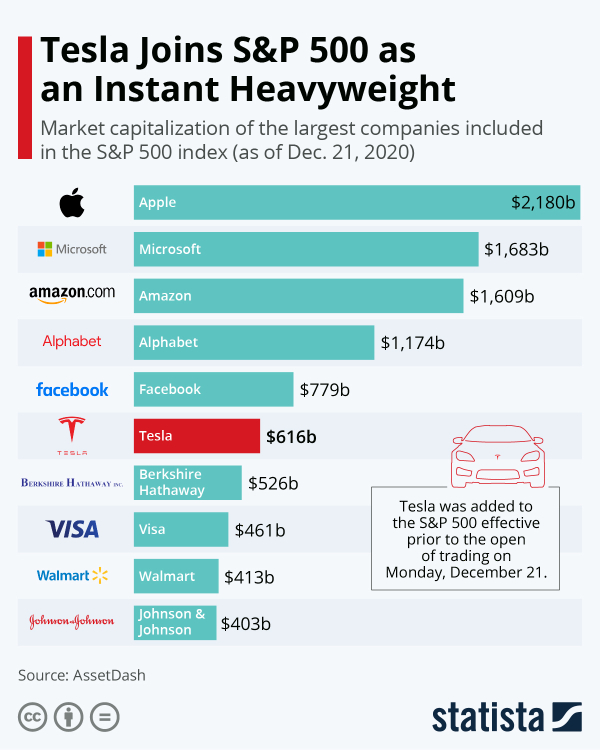 via
via 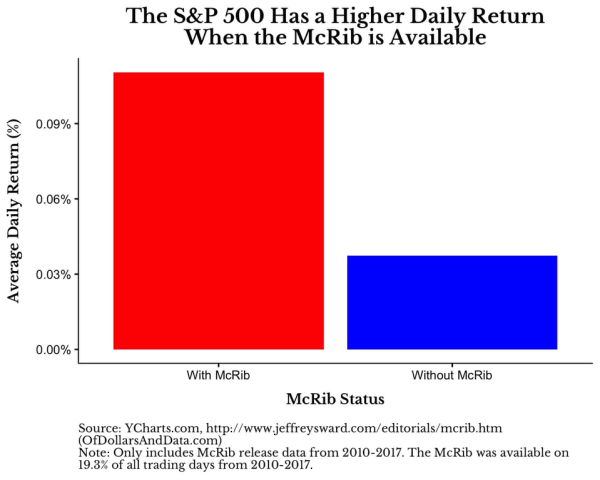 via
via 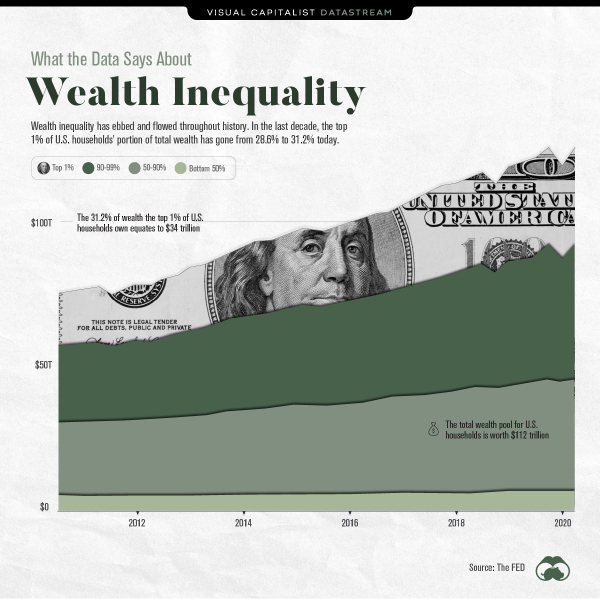
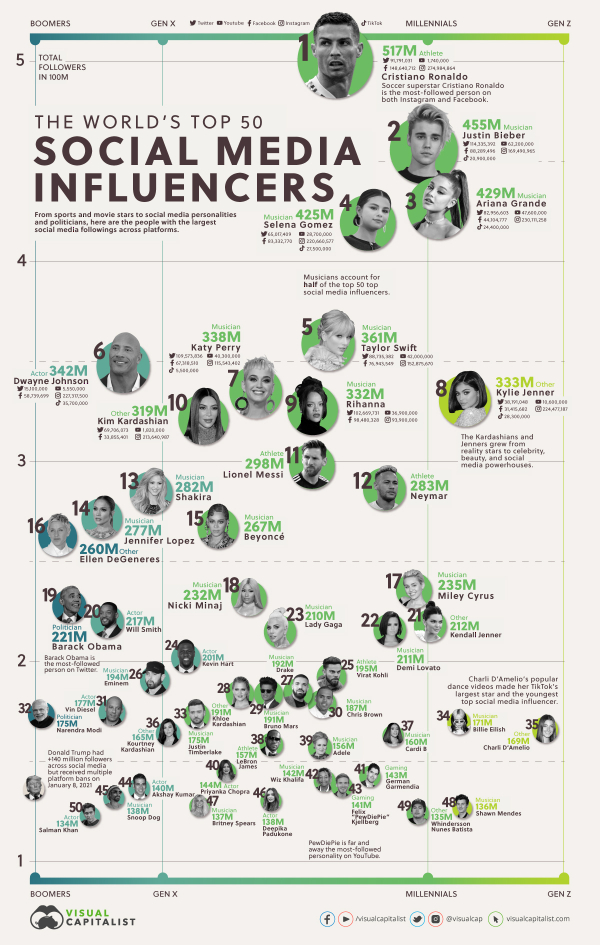 via
via